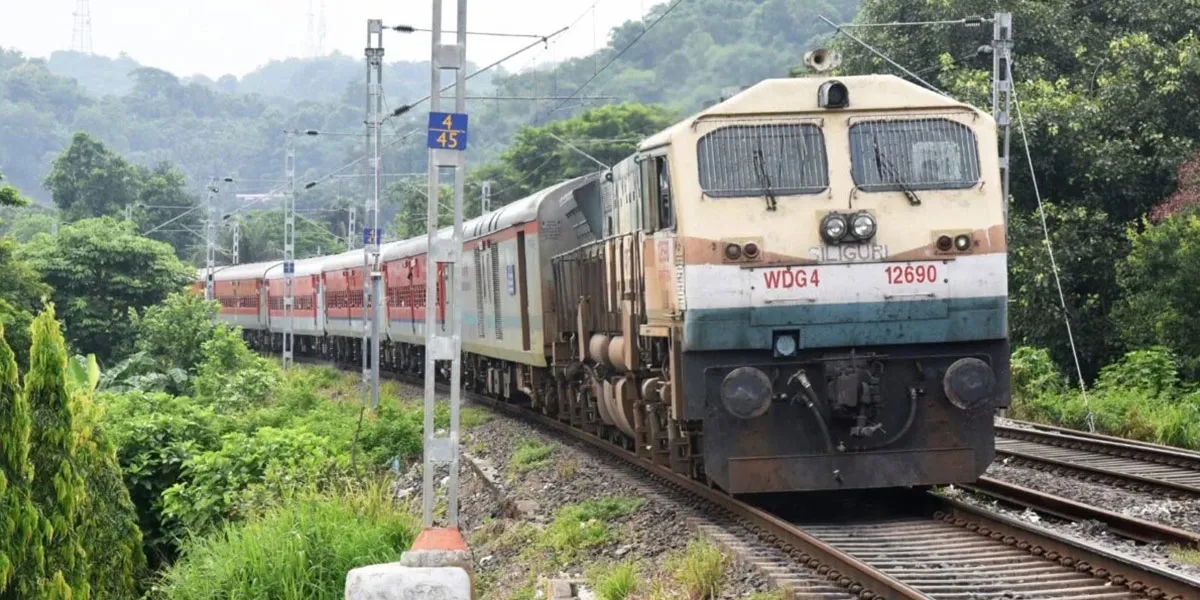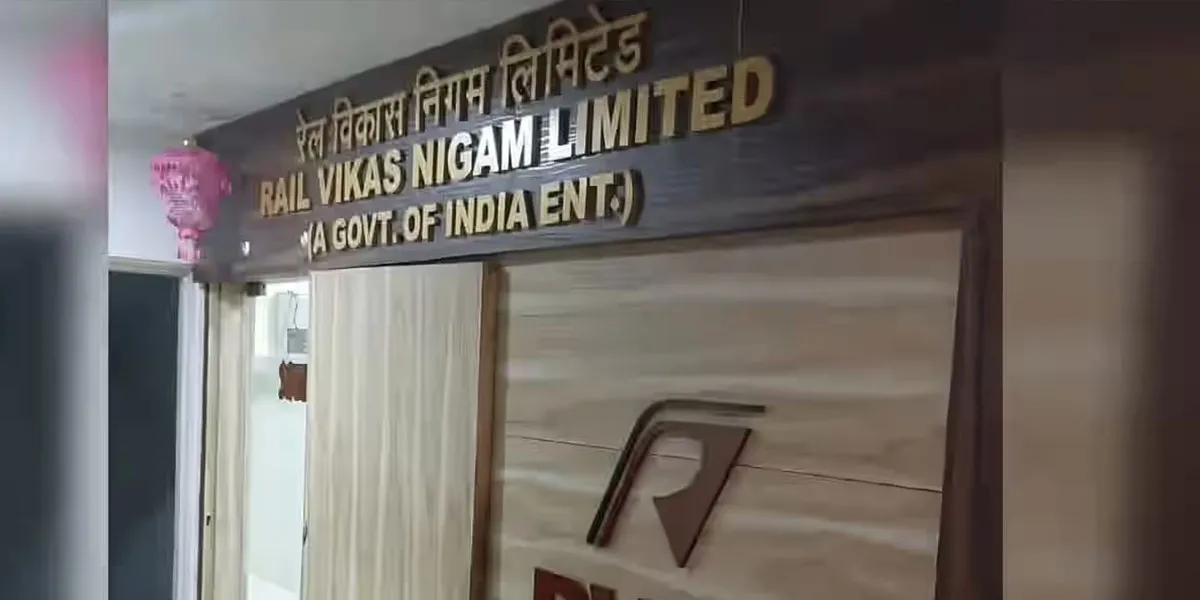The theme of this year’s budget would necessarily have to be sustainable revival of the economy and employment creation through targeted tax incentives and higher spending on infrastructure while maintaining an eye on fiscal consolidation. Excerpts from a CARE Ratings analysis.
______________
There are sector expectations as well as some macro numbers that we believe will be the assumptions here. Some of the numbers that we have projected are:
1. Size of the Budget (expected) to be Rs 32-33 lakh crore
2. GDP growth assumed of 15% in nominal terms
3. Capex of Rs 5 lakh crore
4. Fiscal deficit of 5-5.5% of GDP
5. Gross market borrowing of Rs 10.1-11.3 lakh crore depending on the deficit ratio
6. Rs 12,000 crore to be spent by the government on vaccination
7. Modest increase in subsidy bill
8. MNREGA to be retained at Rs 1 lakh crore
9. We do not expect any change in tax rates
Here are some points on our wish list:
1. Creation of a DFI
2. A bad bank set up by government which picks up assets based on opinion given by CRAs
3. A fund for stalled projects which again picks up projects on which CRAs give their view
4. Reintroduction of the subsidy scheme on ratings for SMEs – the NSIC scheme. This is needed given the focus the government has given to this segment in the AN framework
Here are some expected announcements for specific sectors:
Real estate
For the upcoming budget, to stimulate demand on a pan-India basis, the industry expects the government to revise the circle rates in order to bridge the gap between the agreement value or extend the deadline and the benefit of increasing the differential between agreement value and circle rate from 10% to 20% to other realty segments to such as residential units priced above Rs 20 million and commercial spaces.
With the PMAY-U or “Housing for All” target coming to a close (by 2022), it is expected the government will announce allocations over and above the usual limit to spearhead and fast track the construction process.
Oil and gas
Gas explorers are under pressure from low gas prices (Domestic gas price which is determined based on a formula is also at an all-time low of USD 1.79/MMBtu), which is dissuading E and P players in taking up exploration activities. Indian explorers are still required to pay royalty, cess and profit petroleum (applicable only to private players) to the Government of India.
To provide some respite to E and P players, reduction in the above taxes could provide some relief to their cash flows and business viability in the gas exploration aspect. The government wants to transform India into a gas-based economy and 54% of natural gas consumption is met through LNG imports. We expect LNG customs duty to be waived off completely from the current 2.5%, to benefit domestic regasification terminals.
For the coming budget, the government could further reduce kerosene subsidies and divert it more towards the LPG subsidy. Allocation towards the LPG subsidy is also to fall given oil prices have been benign in the past few months. The fuel subsidy is to be ~Rs 350 billion for FY22.
Warehousing and storage
As the Indian government prepares for a mega Covid-19 vaccination drive in the coming months, the safe delivery of vaccines for mass immunisation will be a massive challenge and the country will need to significantly ramp up its cold chain facilities. The urgency triggered by Covid-19 vaccine is a great opportunity for India to build all the cold storage it has needed for a long time. The Centre has also reportedly directed states to make a robust plan for vaccine storage and distribution.
For the upcoming budget, the centre can provide subsidies to the State governments for the development of these cold storages.
Aluminium
The import duty on aluminium scrap should be increased from the present 2.5% to at least 10% to curtail dumping of aluminium scrap in the Indian market.Aluminium is a power intensive industry as power accounts for almost 40% of the cost of production (COP). The cess on coal at Rs 400 per tonne alone raises the aluminium COP by $64 per tonne. Royalty and taxes as percentage of ex-mine coal cost in India is among the highest in the world at around 25% -31% as against 7% in Australia and 12% in Indonesia. Taxes on coal in India raise the price by about 24%. This affects the competitiveness of the domestic aluminium industry. The industry therefore expects reduction in coal cess and taxes on coal.
Steel
One of the key problems facing the steel sector currently is the scarcity of main raw material- iron ore in the domestic market which has in turn increased steel prices substantially. Iron ore exports from India shot up 62.8% during April-November 2020 as compared with the corresponding period of the previous year. The government needs to take steps to reduce export of raw material—iron ore and iron ore pellets to bring down the cost for secondary steel players.
India is one of the lowest cost producers of steel in the world. However, the various taxes, duties and cess increases the steelmaking cost and makes Indian steel uncompetitive in the global market. The domestic steel industry seeks reduction in customs duty on different types of coals mainly (coking coal and met coke) for which domestic substitution is not available and the industry has to largely depend upon imports. Despite the unavailability in the domestic market, import duty on coking coal and metallurgical coal currently stands at 2.5% and 5%, respectively. These duties need to be reduced to nil to lower steelmaking cost.Import duty on steel currently stands at 15% which protects the domestic steel industry from dumping of cheap imports. However, there are some bilateral and Free Trade Agreements too which incentivise imports. Therefore, additional measures to curb imports from certain FTA countries like Japan and South Korea, which have been found violating the FTA norms, are also likely.
An increase in customs duty on specific grades of steel, which has seen significant increase in imports, is expected.
Authors: Kavita Chacko is Senior Economist; Sushant Hede is Associate Economist; Bhagyashree Bhatti, Urvisha Jagasheth, Rashmi Rawat,Vahishta Unwalla, and Natasha Trikha are Research Analysts at CARE Ratings, a credit rating agency whose segments include infrastructure and manufacturing, among others.
Image source




















